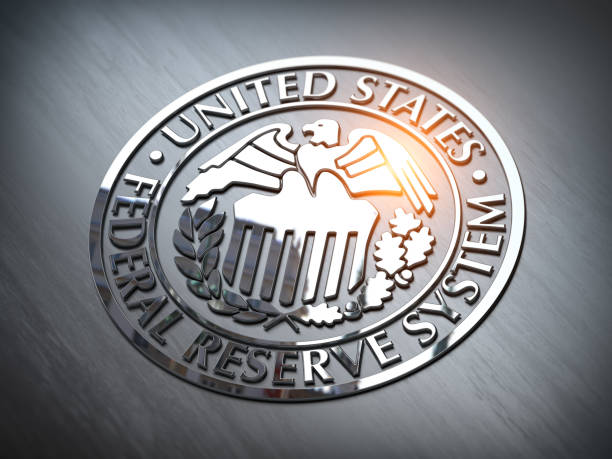Australia, NZ dollars stuck in a rut as markets await rate cues

By Wayne Cole
SYDNEY, Aug 19 (Reuters) - The Australian and New Zealand dollars traded within familiar ranges on Tuesday as markets awaited developments in monetary policy, with the kiwi braced for potential volatility ahead of an expected rate cut later this week.
The Aussie was a fraction firmer at $0.6494 AUD=D3, having dipped 0.3% overnight as the greenback firmed broadly. Near-term support lies at $0.6482 with more down at $0.6419, while resistance stands at $0.6524 and $0.6585.
The kiwi dollar marked time at $0.5925 NZD=D3, after a steady performance in the previous session. Support stands at $0.5908 and $0.5883, with resistance around $0.5996.
Markets are nearly fully pricing in a quarter-point rate cut by the Reserve Bank of New Zealand to 3.0% on Wednesday, which would mark the seventh reduction in the current easing cycle.
If the RBNZ does move, attention will turn to whether it maintains an explicit easing bias or adopts a more balanced stance, given that rates are now hovering around neutral levels. 0#NZDIRPR
In its last quarterly outlook, the central bank projected a floor for rates around 2.90% and that needs to be lowered to justify market pricing for a further cut to 2.75%.
That positioning leaves the market vulnerable to any hawkish hint from the RBNZ, which would likely see two-year swap rates rise from their current 3.0275% NZDSM3NB2Y=.
New Zealand 10-year bonds NZ10YT=RR remain well-supported at 4.474%, just 13 basis points above Treasuries and near a six-month low for the spread.
The market's solid fiscal position was underlined by Fitch on the weekend when it affirmed New Zealand's AA+ rating.
"The commitment to fiscal consolidation is strong and our expectation that debt/GDP will ultimately still move to a downward path is important for the rating," Fitch wrote.
It expects gross government debt to peak at 56% of GDP, half the OECD average, before turning sharply lower.
In Australia, the latest cut in rates appears to have lifted consumer mood, with Westpac's survey of confidence hitting its highest point since early 2022.
If this improvement translates into stronger consumer spending, it could reduce the need for the two additional rate cuts currently priced in by markets. <0@AUDIRPR>







